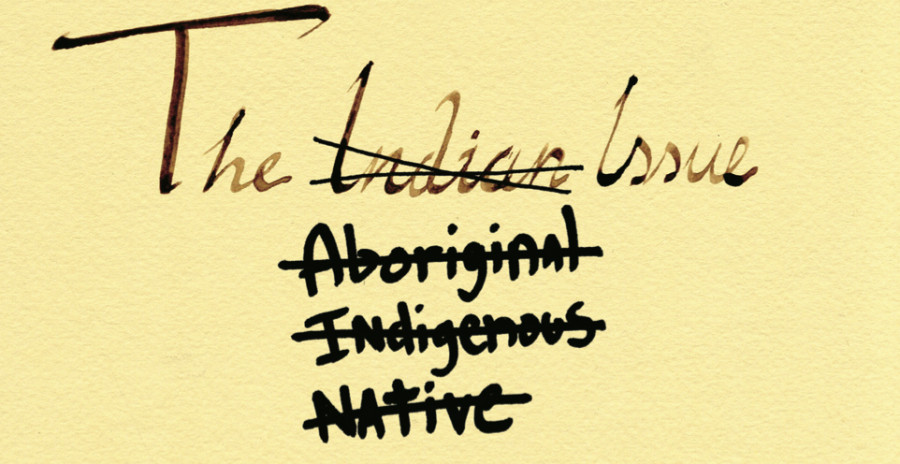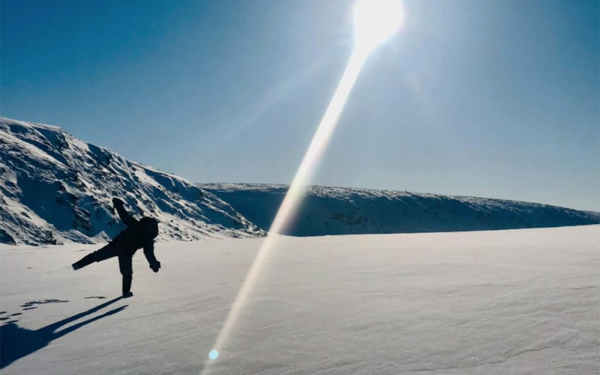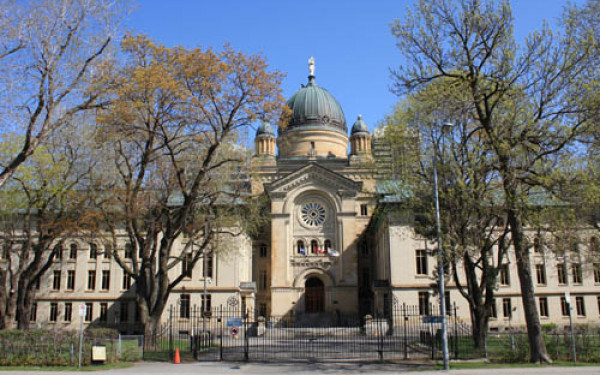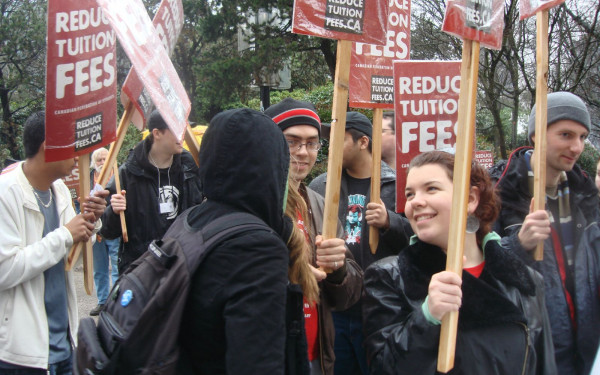Nowhere Close
Debunking the Myth of Free Aboriginal Education
When it comes to the funding aboriginal university students receive for their learning, Sahra Maclean has heard it all.
“Everything from people believing that learners get a car, or get paycheques to go to school, to aboriginal students having priority placement,” said Maclean, the Canadian Federation of Students’ National Aboriginal Caucus chair.
“The biggest [myth] is that people believe aboriginal people go to school for free.”
Canada does spend $295 million for aboriginal communities to send their students to college and university, by way of the Post-Secondary Student Support Program.
The program provides government financial assistance for “Status Indian and Inuit students.” Funds are distributed to band councils all over Canada, who distribute them to students based on financial need and other criteria of their own discretion.
But the program’s funding increases are capped at 2 per cent per year, while tuition fees and population levels increase even faster. The discrepancy between the rates of increase results in a larger pool of students competing for ever-smaller bursaries.
“The funding comes nowhere close,” said Maclean. “It’s a huge barrier [to] First Nations learners in acquiring post-secondary education.”
But because each band council receives a unique amount from the government and distributes it according to its own criteria, the amount individual students receive varies considerably.
“There are bands that are getting funding and don’t have clean running water, and they have to make decisions. Is funding going to go to K-12, or is it going to go to post-secondary?”
—Sahra MacLean, Chair for the Canadian Federation of Students’ National Aboriginal Caucus
“My friend Marissa who goes to school and is funded through PSSSP receives funding for her education as well as her living expenses,” said Maclean.
On the other hand, “Some bands will disperse it so that as many people can attend university as possible, so they’ll get less, and they won’t get a full tuition,” she explained.
According to CFS data, the second scenario is much more common.
In fact, the CFS documentation says thousands of eligible students are turned away every year, receiving no funding whatsoever.
“There’s bands that are getting funding and don’t have clean running water, and they have to make decisions,” said Maclean. “Is funding going to go to K-12, or is it going to go to post-secondary?”
There’s also the issue of band councils giving priority to shorter college programs, rather than supporting students through more expensive bachelor’s degrees.
“There are a lot of trends of aboriginal students applying for post-secondary and being told that they should access trades, and being told that that is the responsible choice for them,” said Maclean. “It’s unfortunate.”
For Maclean, band councils’ discretionary powers over distribution aren’t to blame.
“I think it’s very important that decisions about aboriginal education remain in the hands of aboriginal people,” she asserted. “The problem I see is underfunding. Without proper funding, this model is not going to be able to work.”
Aboriginal Affairs and Northern Development Canada, the federal government agency that oversees the PSSSP, responded to The Link’s interview request with an email saying that no one was available to be interviewed on the subject.


_600_832_s.png)



_.final_._jpg__600_375_s_c1.png)
